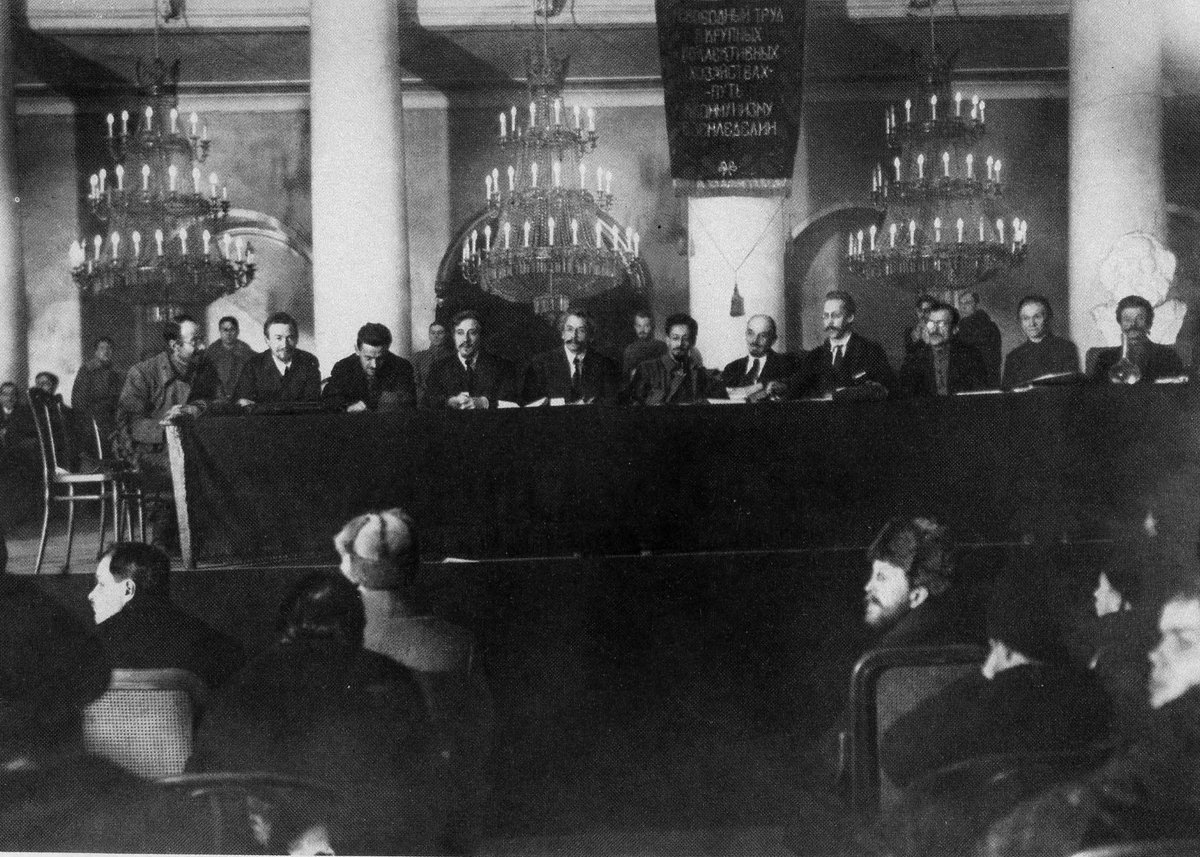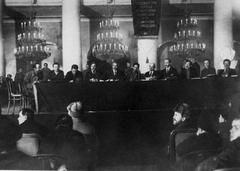
House of the Unions Moscow: Visiting Hours, Tickets, and Historical Guide
Date: 14/06/2025
Introduction
Nestled in Moscow’s Tverskoy District, the House of the Unions (Dom Soyuzov) stands as an enduring symbol of Russian history, seamlessly bridging the imperial, Soviet, and modern eras. This neoclassical masterpiece, with its iconic Pillar Hall of 28 Corinthian columns, is famed for exceptional acoustics and architectural grandeur. Over the centuries, it has served as the governor’s residence, a noble assembly hall, a stage for pivotal Soviet events, and a revered concert venue. Today, it remains a prestigious site for cultural events and select tours, offering visitors a rare window into Moscow’s evolving legacy. For current visiting hours, ticketing, and event schedules, always refer to official sources and trusted cultural platforms (The Moscow Times, Introducing Moscow, Dom Soyuzov Official Page).
Historical Overview
From Imperial Residence to Soviet Landmark
- 18th–19th Centuries: Built in the early 1770s for Governor General Vasily Dolgorukov-Krymsky, the building was soon acquired by the Moscow Assembly of the Nobility (1784). It quickly became the epicenter of aristocratic life, hosting grand balls and official gatherings.
- Architectural Evolution: Matvey Kazakov’s transformation between 1784 and 1787 established the building’s neoclassical identity and introduced the famed Pillar Hall, replacing an internal courtyard with a grand, columned hall.
- Early 20th Century: Further modifications (1903–1908) preserved its neoclassical character.
Soviet Transformation and Political Significance
Following the 1917 Revolution, the building was repurposed for the Moscow Council of Trade Unions. It became a stage for Communist Party congresses, state funerals (notably for Stalin and Brezhnev), and the infamous Moscow Trials. The Hall of Columns became a symbol of Soviet political life, while the building also supported trade union activity and cultural programs.
Modern Era and Cultural Revival
After 1991, the House of the Unions retained its national prestige, hosting official ceremonies, award presentations, and high-profile concerts. It remains a testament to the continuity and complexity of Russian tradition and culture (Introducing Moscow).
Architectural Highlights
The Pillar Hall
- Design: Central to the building, the Pillar Hall is distinguished by 28 wooden Corinthian columns with white faux-marble finish, designed by Matvey Kazakov.
- Acoustics: Exceptional sound projection makes it a favored venue for symphony concerts and oratory events since the 19th century.
- Decoration: Gilded accents, classical motifs, and grand chandeliers evoke the elegance of ancient Greece and Rome.
Other Notable Spaces
- Oktyabrsky Hall: Used for official ceremonies; intimate yet solemn.
- Round Hall: Circular layout for meetings and conferences.
- Foyers and Corridors: Mirrors, marble, and gilded elements reinforce its aristocratic roots.
Exterior
The neoclassical façade features a symmetrical portico and distinctive green columns, harmonizing with Moscow’s historical heart.
Visiting the House of the Unions
Visiting Hours
- The House of the Unions is not open daily to the public.
- Access is typically granted during concerts, state ceremonies, or special guided tours.
- Always verify the current schedule on the Dom Soyuzov Official Page or trusted event listings.
Tickets and Admission
- Tickets are required for all public events and tours.
- Prices vary by event; booking in advance is highly recommended as concerts in the Pillar Hall often sell out quickly.
- Purchase tickets via official Russian ticket platforms or at the venue box office.
Accessibility
- Some areas are wheelchair-accessible, but the historic structure poses limitations.
- Contact the venue or event organizers in advance if you have mobility needs.
Security and Entry Requirements
- Security is strict; expect bag checks and metal detectors.
- Bring a valid ticket and identification (passport).
- Photography is typically restricted inside during events; exterior photography is permitted.
Dress Code and Etiquette
- Business casual attire is advised, especially for formal events.
- Punctuality and respectful conduct are expected; silence mobile devices and follow staff instructions.
Guided Tours and Special Events
- Guided tours are occasionally available, often in Russian; some operators offer English-language tours as part of broader city itineraries.
- Special events include concerts, exhibitions, and award ceremonies—check event calendars for upcoming opportunities.
Location and How to Get There
- Address: Intersection of Bolshaya Dmitrovka and Okhotny Ryad, Tverskoy District.
- Metro: Okhotny Ryad (Line 1, Red), Teatralnaya (Line 2, Green), and Ploshchad Revolyutsii (Line 3, Blue) are within a 5–10 minute walk.
- Nearby Landmarks: Bolshoi Theatre, Red Square, Kremlin, and GUM department store.
Facilities and Visitor Amenities
- Restrooms available during events.
- Cloakroom services provided.
- No cafés or restaurants inside, but numerous options are nearby in the Tverskoy District.
Practical Travel Tips
- Advance Booking: Secure tickets early for popular events (Dom Soyuzov Official Page).
- Visa: Most foreign visitors require a visa for Russia (Visa Information).
- Language: English is limited; a translation app or phrasebook is useful.
- Weather: Dress in layers; Moscow’s climate can be unpredictable.
- Currency: Russian rubles are standard; carry some cash as not all venues accept cards (Russia Currency Tips).
Safety and Local Customs
- The area is generally safe and well-patrolled.
- Greet staff and locals politely; simple Russian phrases are appreciated (Russian Etiquette Guide).
Nearby Attractions
- Bolshoi Theatre: World-class ballet and opera.
- Red Square & Kremlin: Moscow’s iconic historical core.
- Tverskaya Street: Shopping and dining hub.
FAQ
Q: What are the House of the Unions visiting hours?
A: No regular public hours; access is via ticketed events or special tours. Check official event schedules.
Q: How can I buy tickets?
A: Via official Russian ticketing platforms or at the venue’s box office. Early booking is recommended.
Q: Are guided tours available in English?
A: Some city tours include the House of the Unions; inquire for English-language options.
Q: Is the building accessible for visitors with disabilities?
A: Some areas are accessible; contact the venue for specific accommodations.
Q: Is photography allowed inside?
A: Usually restricted during events; exterior photography is permitted.
Insider Recommendations
- Arrive 30 minutes before events to allow time for security checks.
- Combine your visit with other nearby landmarks for a deeper cultural experience.
- Ask staff or locals for assistance if needed—hospitality is a hallmark of Russian culture.
Visuals and Media
- [Exterior view of the House of the Unions neoclassical façade in Moscow]
- [Interior shot of the Pillar Hall during a concert]
- [Embed a location map or link to virtual tours when available]
- [Documentary: Anna Yevtushenko’s “I Am The Hall” (The Moscow Times)]
Summary: Key Tips for Visiting the House of the Unions
- The House of the Unions is a unique fusion of Moscow’s imperial heritage and Soviet legacy, famed for its neoclassical architecture and historic events.
- Public access is limited—plan ahead by monitoring event schedules and securing tickets early.
- The central location enables easy visits to other cultural sites like the Bolshoi Theatre and Red Square.
- Dress smartly, arrive early, and observe local etiquette for the best experience.
Emergency Contacts
- Police: 102
- Ambulance: 103
- Tourist Hotline (English): +7 (800) 220-00-01
Sources and Further Information
- House of the Unions Moscow: Visiting Hours, Tickets, and Historical Significance, 2025
- The House of the Unions in Moscow: A Complete Guide to Its Cultural, Political Significance and Visitor Information, 2025
- House of the Unions Moscow: Visiting Hours, Tickets, and Architectural Highlights, 2025
- Visitor Information and Tips for the House of the Unions: Visiting Hours, Tickets, and Exploring Moscow Historical Sites, 2025





















































































































































































































































































